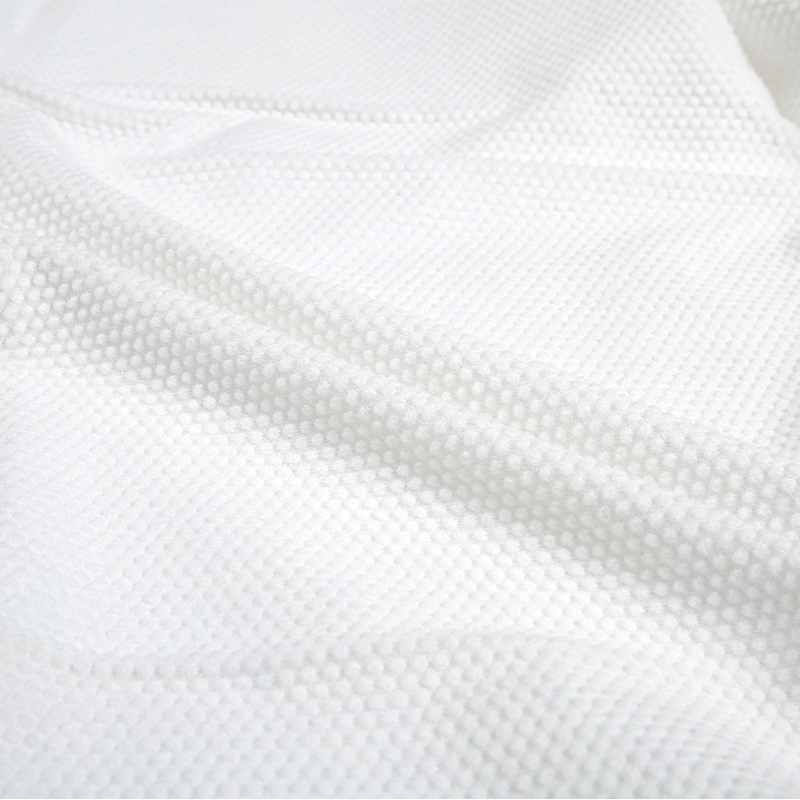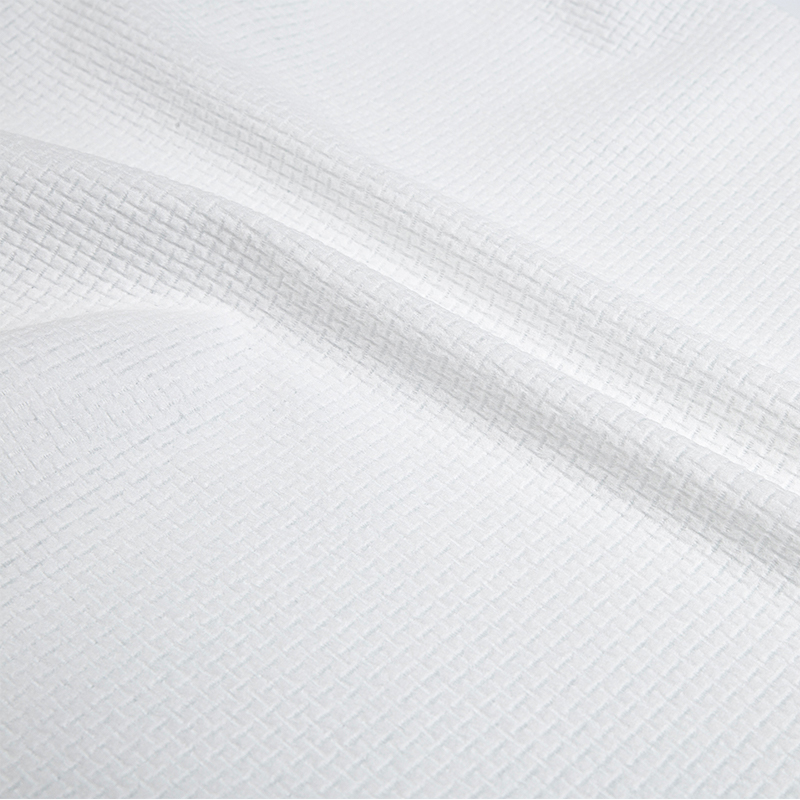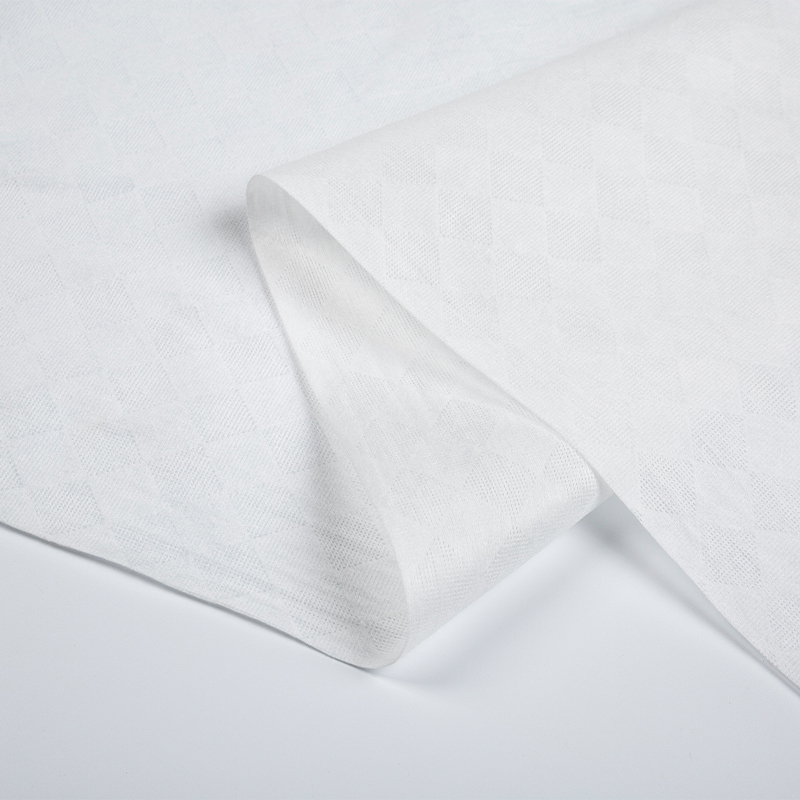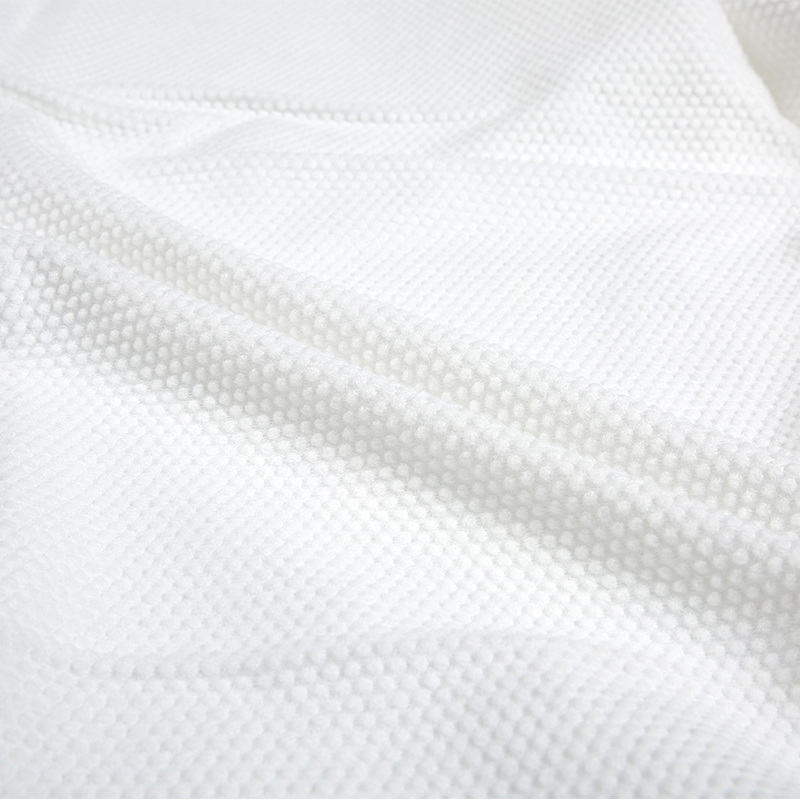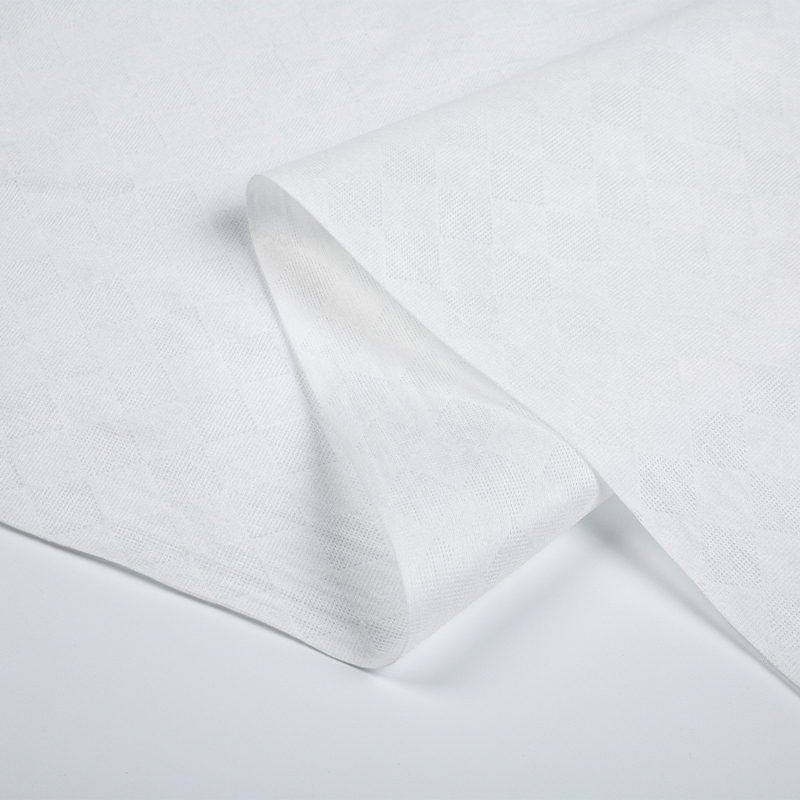Founded in 2022, Hangzhou Shunlong Nonwovens Technology Co., Ltd. is a professional China nonwoven fabric manufacturer and non-woven raw material factory
The unique engineering structure and versatility of non-woven raw materials in the application of clothing and textile industry have become the key factors to promote innovation and development of the industry. These characteristics not only broaden the application field of non-woven materials, but also greatly enhance the added value and market competitiveness of products. The following is a detailed description of the unique engineering structure and versatility of non-woven raw materials in the clothing and textile industry.
Unique engineering structure
Non-woven fabrics are made by directional or random arrangement of fibers, yarns or filaments to form a fiber mesh structure, and then reinforced by physical or chemical methods. This unique engineering structure gives non-woven materials a series of unique properties.
Three-dimensional network structure: The internal fibers of Non-Woven Raw Material are interlaced to form a three-dimensional network. This structure makes the material have good air permeability and moisture absorption. Air and moisture can flow freely between fibers, effectively regulating the microclimate inside the clothing and improving wearing comfort.
High strength and low elongation characteristics: Through specific reinforcement processes such as needle punching, hydroentanglement or thermal bonding, non-woven fabrics can obtain higher strength and lower elongation. This property makes non-woven materials perform well in situations where they need to withstand a certain amount of tension and maintain a stable shape, such as sports equipment, medical bandages, etc.
Controllable thickness and density: The thickness and density of non-woven fabrics can be precisely controlled by adjusting the amount of fibers, the arrangement method, and the reinforcement process. This controllability allows non-woven materials to be customized with specific properties according to different needs, such as thermal underwear, sound insulation materials, etc.
Versatility
The versatility of non-woven raw materials is mainly reflected in the various special properties that can be given to them through subsequent finishing processes.
Waterproof and breathable: Through coating or lamination technology, Non-Woven Raw Material can obtain excellent waterproof performance while maintaining good breathability. This property makes non-woven materials widely used in outdoor clothing, raincoats and other fields, providing wearers with both waterproof and breathable protection.
Antibacterial and deodorant: By adding antibacterial agents or using special processes, non-woven fabrics can have long-lasting antibacterial and deodorant functions. This is especially important for products that need to be kept clean and hygienic, such as sports equipment, insoles, and medical textiles.
Flame retardant and safe: Non-woven fabrics can be made into flame-retardant materials by adding flame retardants or using flame retardant fibers. This material is widely used in fire suits, automotive interiors and other fields, providing users with higher safety protection.
Environmentally friendly and degradable: With the increase of environmental awareness, the non-woven fabric industry has also begun to pay attention to the environmental friendliness of materials. Non-woven fabrics made of bio-based materials or degradable materials can be naturally degraded after use, reducing pollution to the environment.
Intelligent sensing: With the development of science and technology, non-woven fabrics can also be combined with intelligent technology to develop intelligent textiles with functions such as temperature sensing, humidity sensing, and pressure sensing. These intelligent textiles show great application potential in medical monitoring, sports training and other fields.
Non-Woven Raw Material has won wide attention and application in the clothing and textile industry with its unique engineering structure and versatility. These characteristics not only meet the diverse needs of consumers in terms of product performance, comfort, safety, etc., but also promote the innovation and development of the entire industry. With the continuous advancement of science and technology and the changing needs of consumers, the application prospects of non-woven raw materials in the clothing and textile industry will be broader.
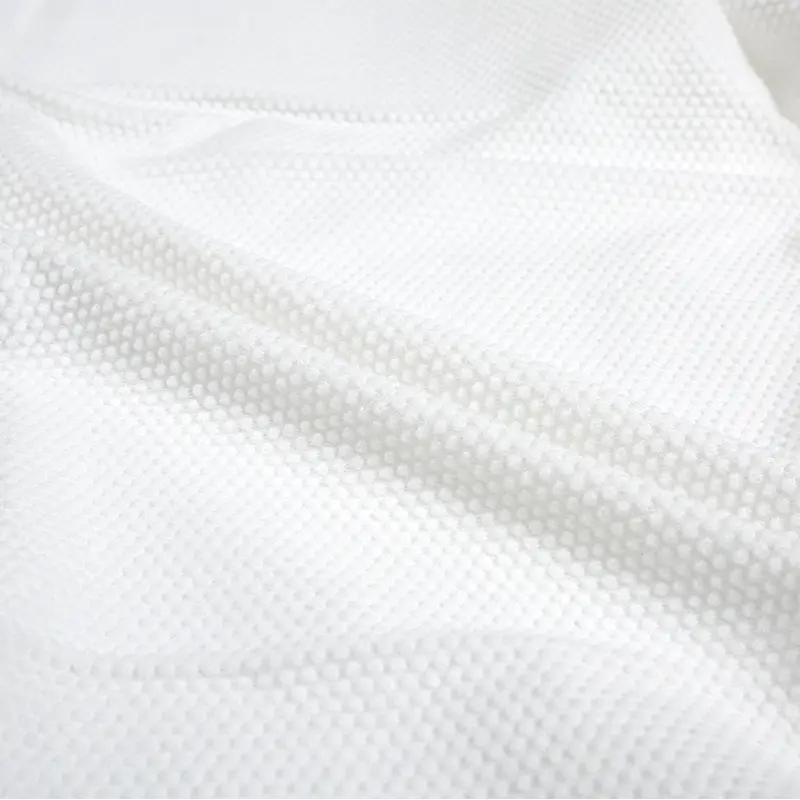

 English
English 日本語
日本語 русский
русский Español
Español